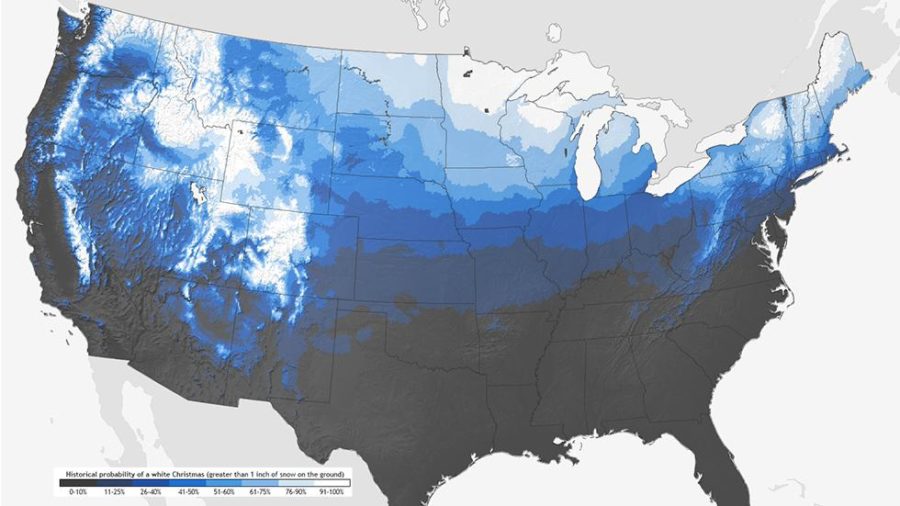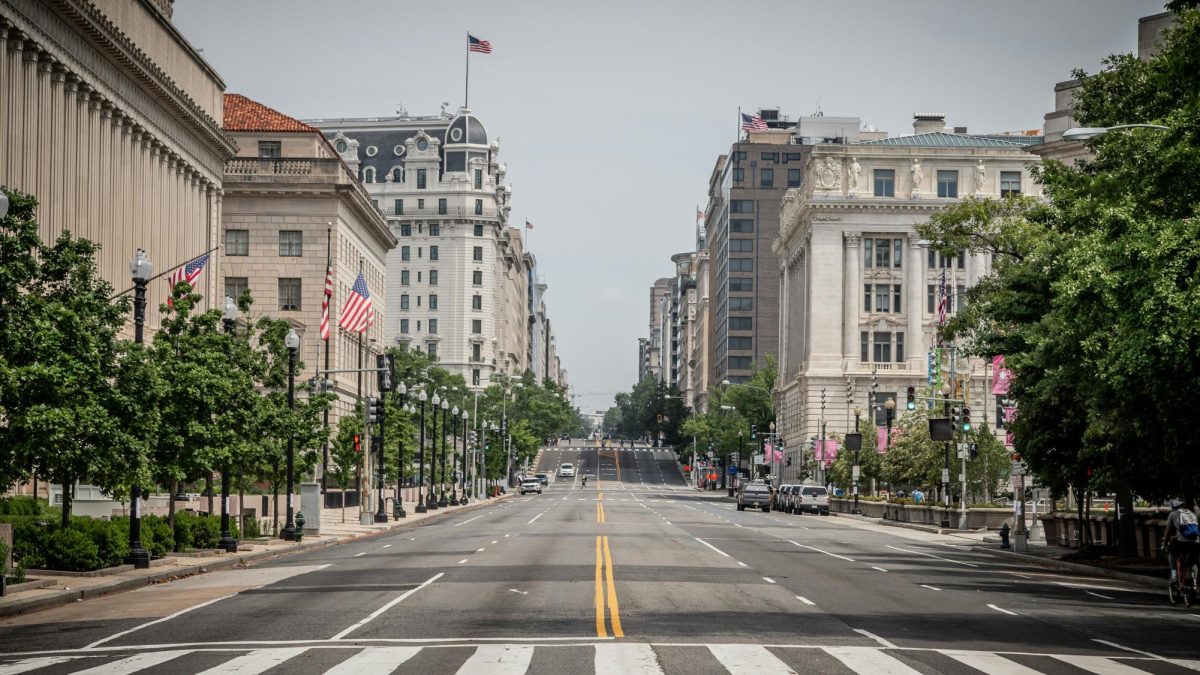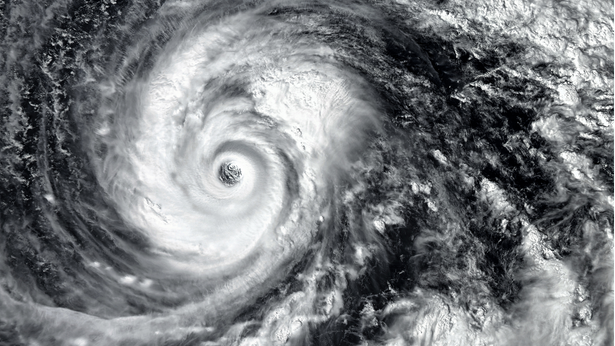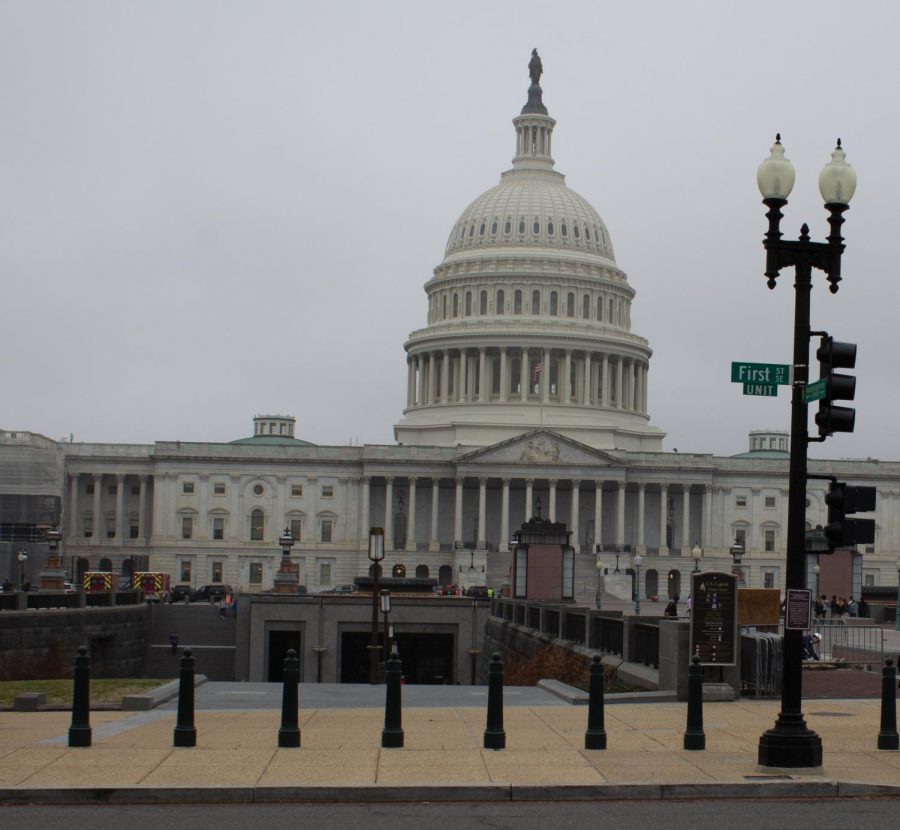As December begins, students anxiously await the first snowfall of the winter. But with climate changes like El Niño, a “White Christmas” appears to be improbable for the Northern Virginia area.
El Niño is the prolonged warming of the Pacific Ocean sea surface temperatures. According to the U.S. NOAA (National Oceanic and Atmospheric Administration), the eastern side of the Pacific Ocean is heating up at an average of 0.9 °F in every three month period. Typically, this warming lasts anywhere from nine months to two years, and occurs roughly every five years.
El Niño’s effects have a big impact on climate in North America. Some of these effects include warmer temperatures, and both wetter and drier conditions than normal, depending on region. Wetter conditions are likely over portions of the U.S. Gulf Coast and Florida, while drier conditions can be expected in the Ohio Valley and the Pacific Northwest. As for the DMV area, we can expect slightly warmer temperatures this winter, which may result in less snow.
While El Niño’s presence in North America has altered weather patterns, its effects in other parts of the world have been disastrous. In India, a delayed monsoon created a deadly heatwave that killed more than 2000 people. This delayed monsoon was an effect of El Niño. In Indonesia, wildfires break out all over the country, due to a reduction in rainfall. In combination with global warming, El Niño has made 2015 the Earth’s hottest year in history.
Given its strong nature, El Niño will undoubtedly decrease the probability for snow in Northern Virginia this winter. According to weather.com, Washington D.C. only has a nine percent chance of a white Christmas. However, while snow is unlikely, it is still possible.












